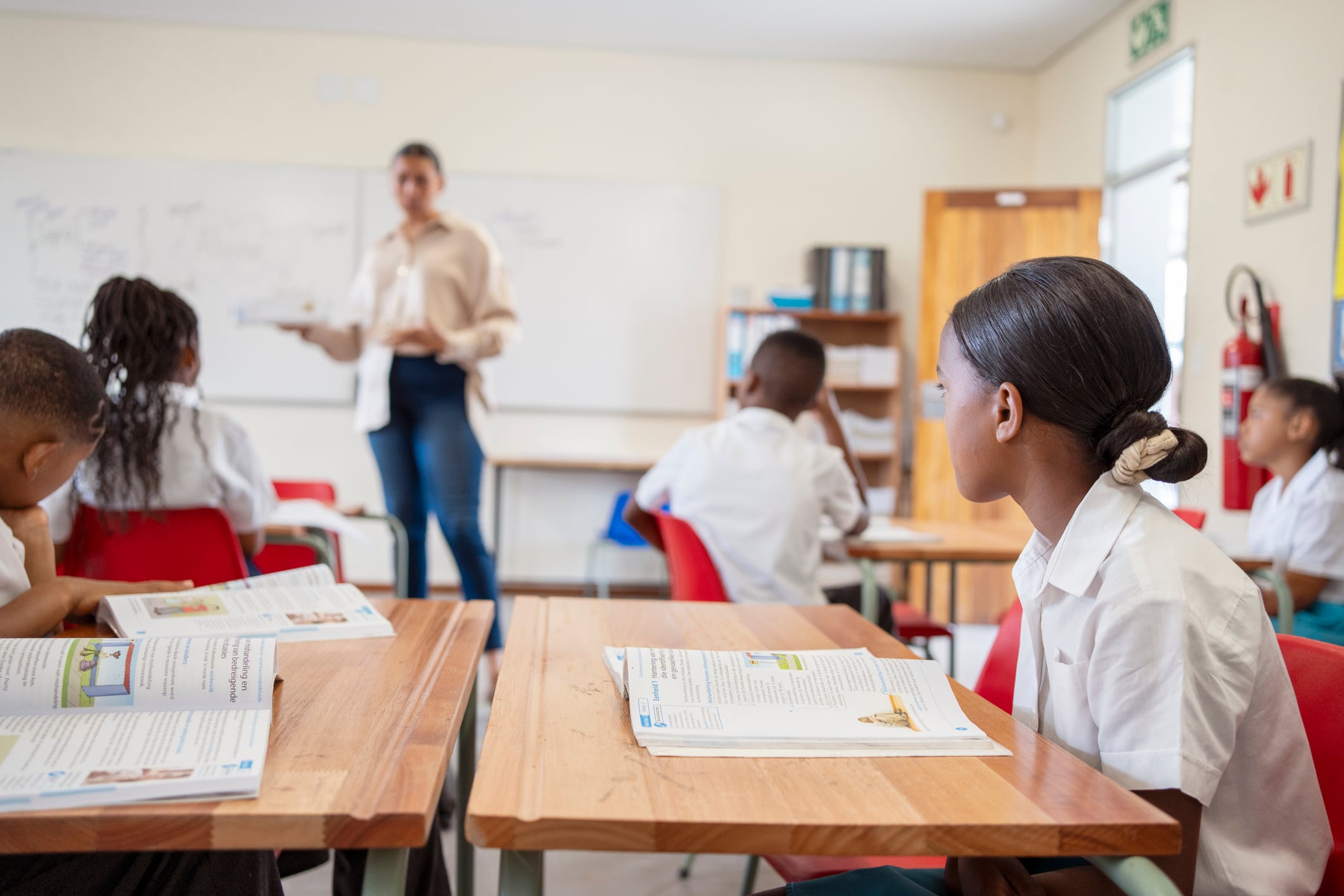Newspaper Headlines KS2
Journalistic Writing
When educating your class about journalistic writing, understanding newspaper headlines and how to write them will be a key part of your teaching. In this article we explain how to write the perfect headline, give examples and activity ideas.
8th July 2020

What is a newspaper headline?
A headline is the main title of a newspaper story usually printed in large letter at the top of a story. For children to interpret news accurately it’s important that they understand what newspaper headlines are and how they are written.
What does a headline do?
Headlines are designed to grab a reader’s attention and hook them into the story. The job of a headline is to ultimately “tell and sell” so it must tell the reader enough to attract their attention but leave them wanting to know more so they read the full story.
How do you write a newspaper headline?
The perfect headline is short, accurate and attention grabbing. A headline should sum up the news story in as few words as possible; every word counts in a headline and any unnecessary words are left out.
For example:
Libya celebrates the future after the death of Colonel Gaddafi
A baby is found alive two days after the earthquake in Turkey
Journalists play with the language in the headline to grab attention. Tricks of the headline-writing-trade include puns, rhymes, well-known phrases, clichés, song references, alliteration and assonance. Rhythm and punctuation also play an important role in making a good headline.
Newspaper Headline Examples
Rhyming words
Headlines that use rhyming words sound appealing, like mini-poems. Example: Owl on the prowl
Alliteration
Alliteration headlines use repetition of the same sounds at the beginning of words; most tongue twisters use alliteration. In KS2 pupils will learn about alliteration which can be used to great effect in newspaper headlines. Example: Bamboo bikes in Britain
Puns
Puns are employed a lot in newspaper headline and use the altering of words to attract attention. Example: Baa-rilliant news! instead of ‘brilliant news’ for a story about Shaun the Sheep having new website pages.
Homophones where two or more words having the same pronunciation but different meanings are also often used. Example: Oh dear oh deer for a story about problems an increase in the deer population is causing.
Shock and Intrigue
Headlines that are designed to cause shock or intrigue ensure the reader can’t resist finding out the details of the story. Example: I was constantly upside down!
Headline Writing Activities
Try these newspaper headline activities with your class to help them better understand headline writing techniques.
Activity 1
Show your pupils a number of news stories from First News with the headline covered and challenge them to write new headlines using what they have learnt. Can they write headlines using alliteration, puns and rhyming words? Alternatively you can find some uninspiring headlines from other papers and ask your pupils to write a catchier headline.
Activity 2
Ask your class to read through the paper and pick out headlines that grab their attention and make them want to read further. Can they predict what the story will be about from just the headline.
Activity 3
Cut our newspaper headlines and the corresponding stories and mix them up. Ask your pupils to match the headlines with the correct articles.
Interested in First News?
First News reaches millions of young readers every week, at home and at school. Our age-appropriate news stories and activities spark curiosity, build media and information literacy skills and empower children with the tools to navigate the world.



